Date: 22 December 2015
The Bürkle Multi-Opening Lamination Line Ypsator 2022-4S is dedicated for the lamination of glass-glass crystalline modules but it is also suitable for the fast lamination of standard glass-backsheet modules.The process chamber is designed to run 2 modules 60&72 cells per level.
This unique flexibility was in the past only available for the single-opening e.a.sy-Lam 2141-1 VFF from Bürkle and have been transferred now to the Multi-Stack Laminator Systems for high volume production with lowest footprint required.
This special advantages allows the module manufacturer to change back and forth between different module configurations or if he gradually wants to expand into the glass-glass technology.
.jpg)
Glass-glass modules offer excellent value-added market strategies. In comparison with the standard glass-backsheet modules, glass-glass modules not only open new markets such as BIPV, but also have the potential for longer lifetime in standard applications, and thus offer higher ROI’s.
The Bürkle PV Lamination Systems can process various encapsulation foils and glass thicknesses. The lamination process is combined and is made in two steps: The first step is a vacuum lamination step using a membrane for pre-lamination (evacuation and sealing of a module) and subsequently – as the second lamination step – a heated flat press (double sided heating) is used for final lamination. These two lamination steps, which are consecutively arranged, are followed by a cooling step.
Unique selling points of the Bürkle technology are the homogenous cross-linking in the end product, minimised material stress and significantly reduced possible warping of the modules. An additional advantage is that the over pressing or pinching of the module edges, which occurs during the conventional lamination with a pure membrane process, is minimized with the Bürkle Lamination Line. Another improvement of the Bürkle Lamination Systems is the fact, that the Laminator operates with top and bottom heating platen and cooling plates which guarantees the customer a homogenous temperature profile inside of the modules. With these Lamination design, the solar modules show an absolutely uniform module with only minimal tolerances. This quality advantage contributes to an increased lifetime of the modules.
Process times of less than 7,5 minutes with glass thicknesses of 2 x 3.2 mm are achieved. Since all processes take place automatically, no manual handling is necessary.
The two-step lamination process is followed by a cooling phase, during which the finished solar modules are relieved from tension under pressure between two cooling platens and thereby are evenly cooled down.
The 2 Step Multi-Stack Lamination System is patent by Bürkle GmbH and the process is branded as the Bürkle YPSOLAR® Process.



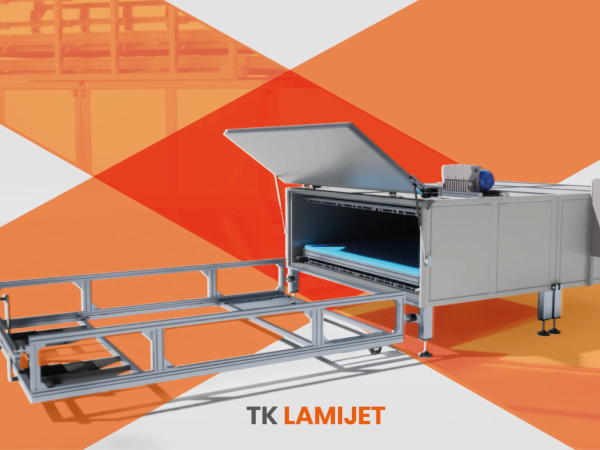
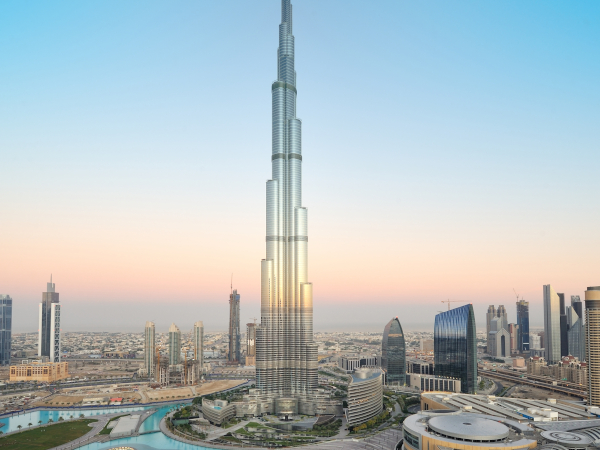
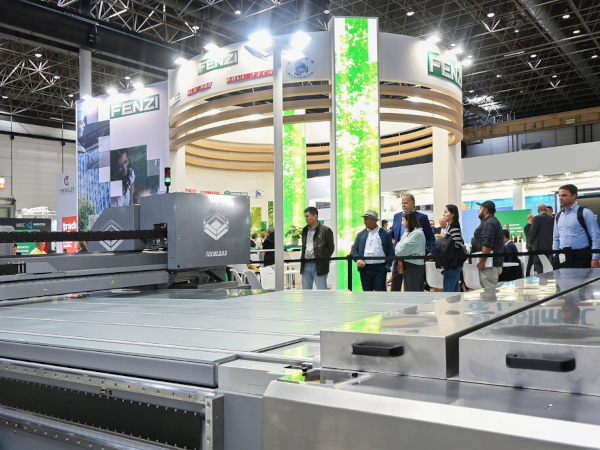
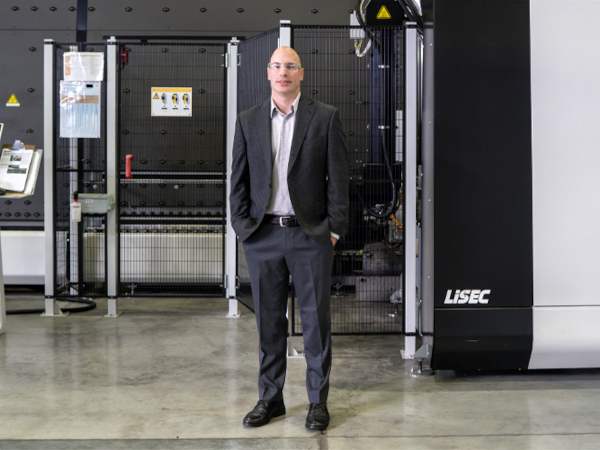

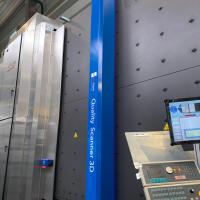
Add new comment